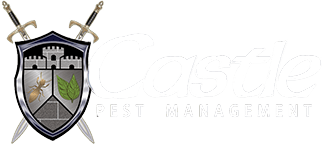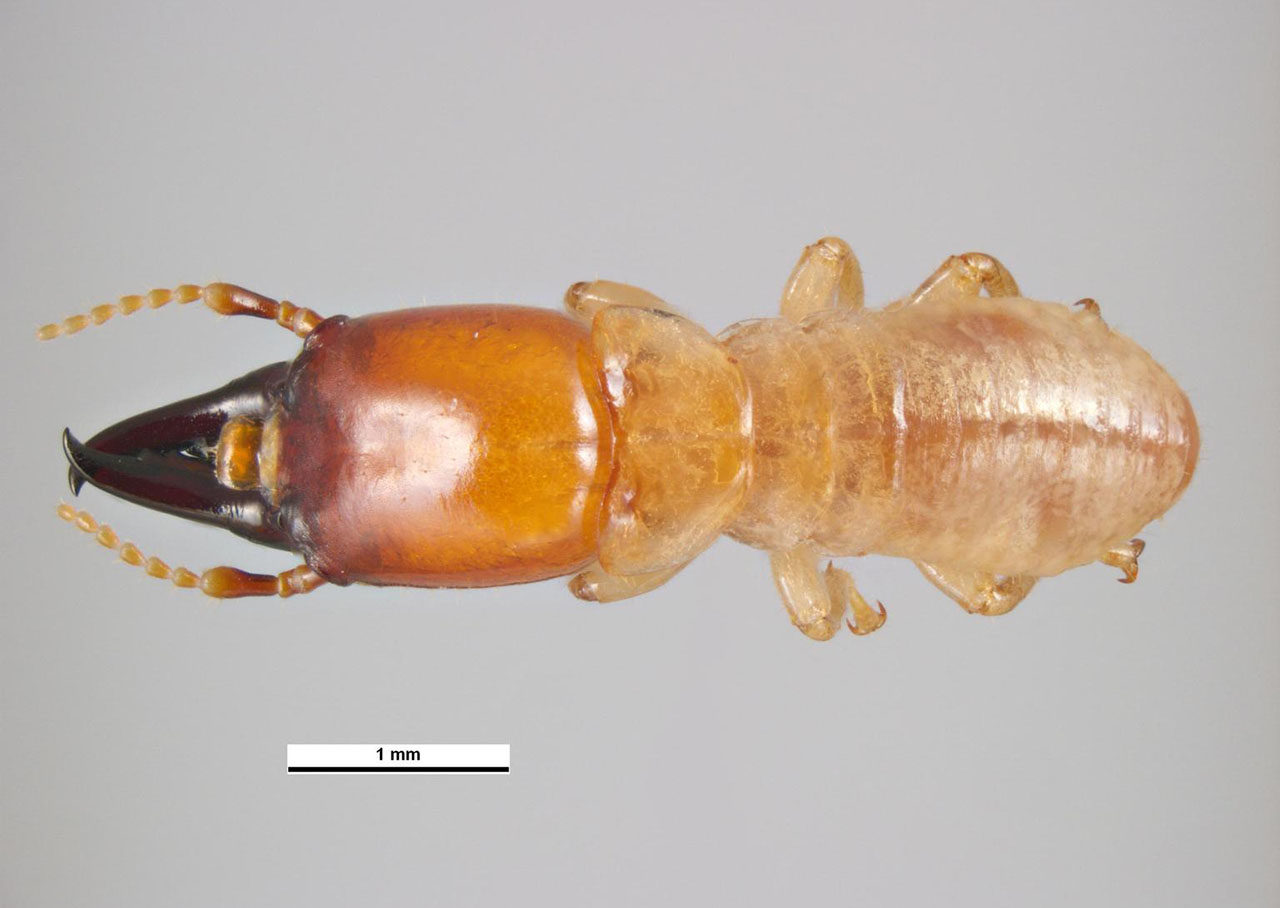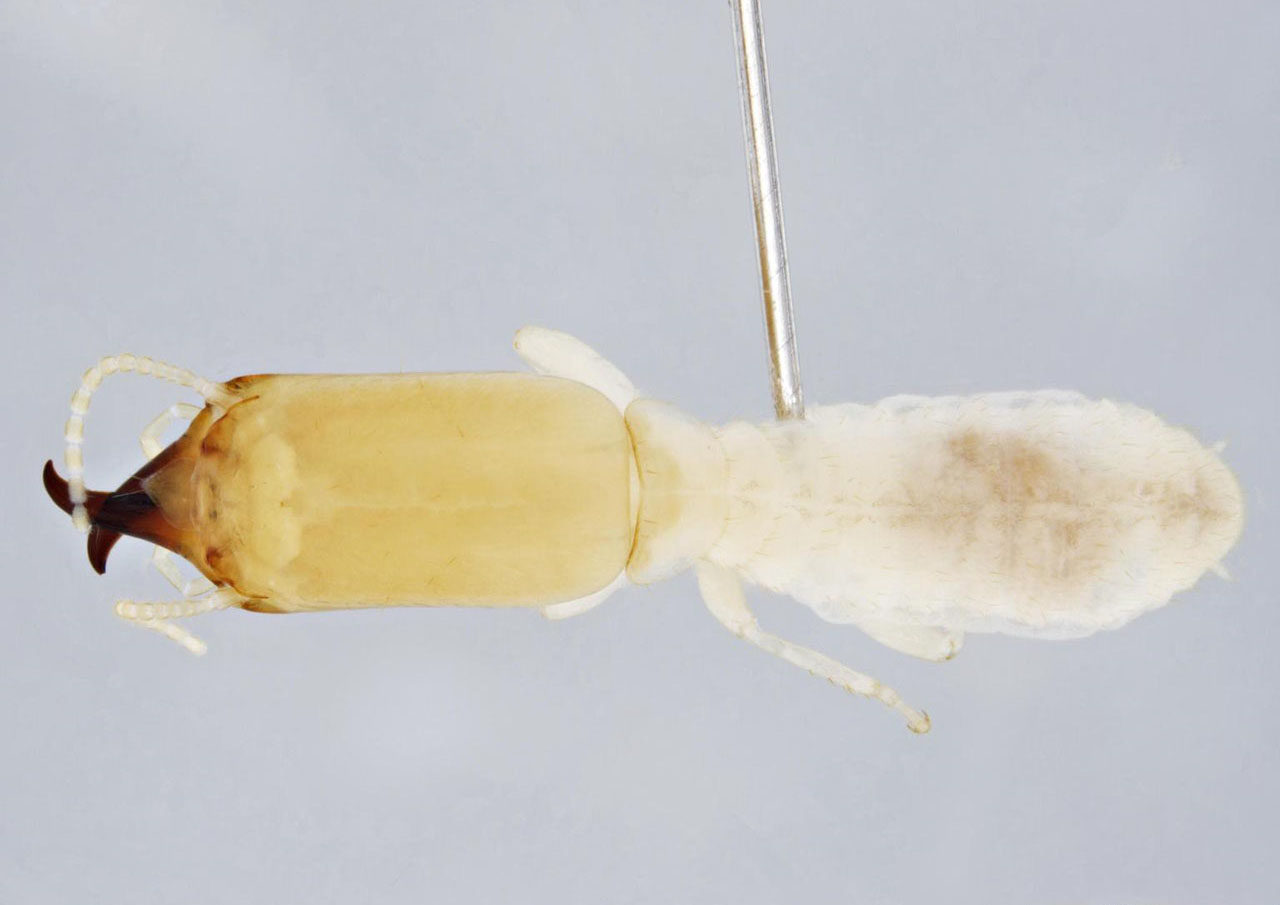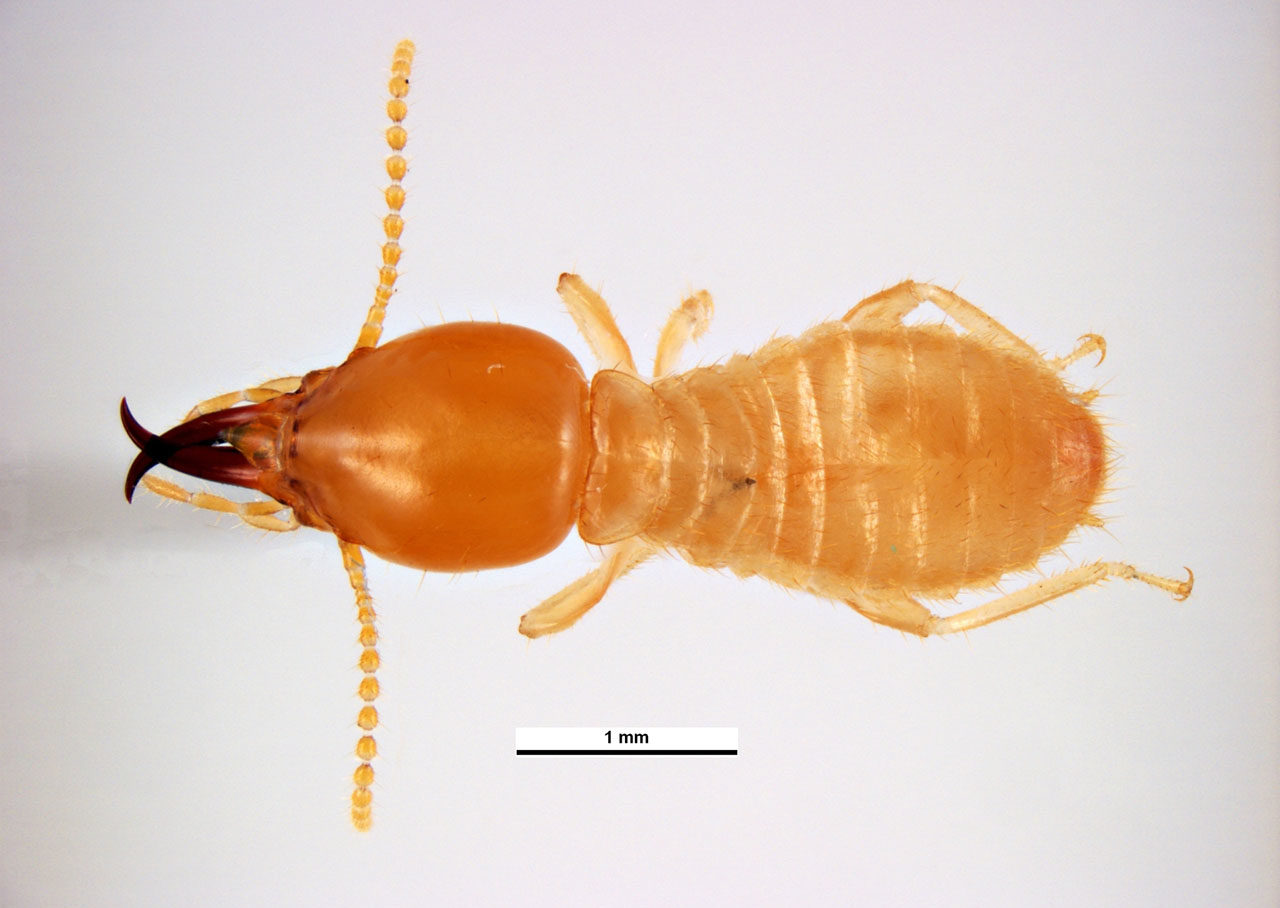Why do I have a termite problem?
Termites become a problem inside homes and other structures after finding their way indoors while out foraging for food. They enter in through cracks in the foundation or wooden structures (deck posts, wooden shingles, porch steps) that are making direct contact with the soil. Once inside, they move behind walls. If they find water-damaged wood, insulation, or other cellulose-based materials, the termites will start attacking and feeding their colony with it.
Where will I find termites?
You will find termites active and working to feed their colony 24/7 throughout the entire year. They move back and forth from their food source to their nest each day, traveling through the soil or the mud tubs they create to stay protected when they are above the ground. Termites usually feed on pieces of wood that are out of sight. Feeding termites invade wood behind walls, below floors, and above ceilings. They will first attack water-damaged wood, such as around leaky pipes, then eventually move on to sound wood.
How do I get rid of termites?
The best way to get rid of termites that are in your yard or home and prevent them from returning is to partner with Castle Pest Management. Our experienced professionals and modern services provide home and business owners with peace of mind knowing that their pest problems will be solved once and for all. If you are looking to get rid of termites from your property with the help of dedicated, local professionals, reach out to Castle Pest Management today!
How can I prevent termites in the future?
As a home or business owner, there are many things you can do to help prevent a termite infestation. When we perform an inspection we will also be happy to guide you in prevention on your property. Partner with Castle Pest Management and use the following prevention tips:
- Remove possible food sources like fallen trees, tree stumps, and piles of leaves from your property.
- Keep termites out by creating an 18-inch barrier between any mulch or soil and your home’s foundation.
- Seal up cracks in your foundation. Caulk gaps found around windows and doors.
- Fix leaky pipes, faucets, or fixtures, and keep gutters in good working order. Every year, a gutter guard should be examined and cleaned.
- Keep crawlspaces ventilated. Reduce moisture levels in and around your home using dehumidifiers to dry out basements and crawl spaces.
- Get a termite inspection and start a termite prevention service.






